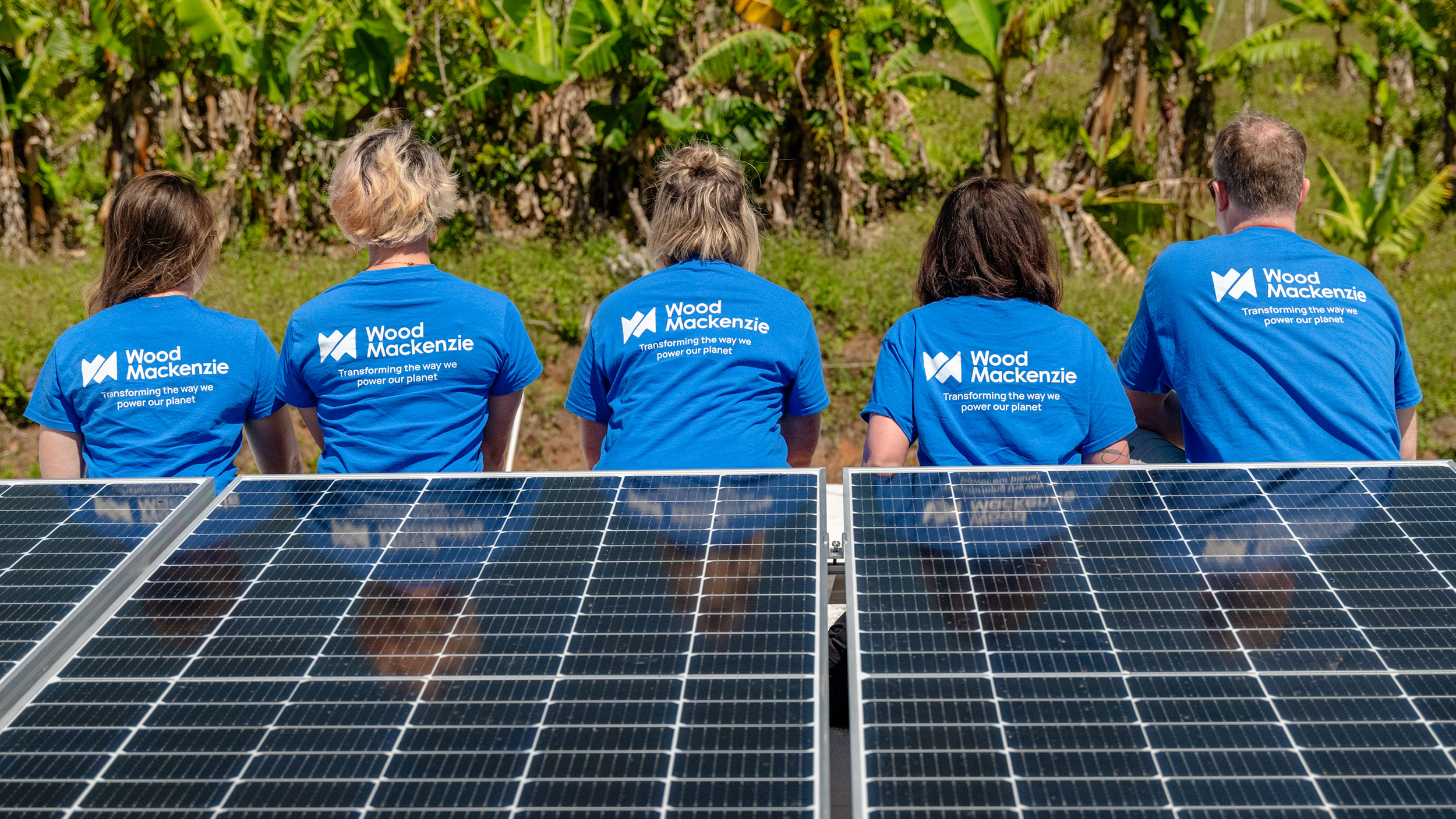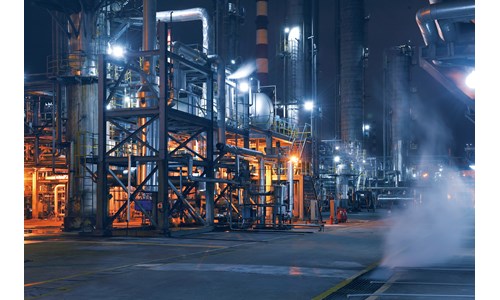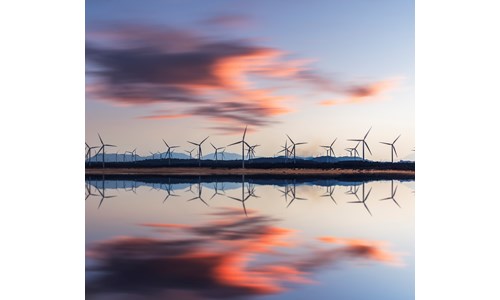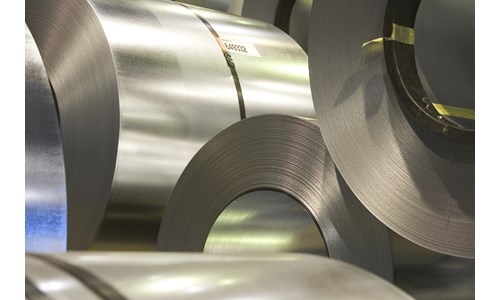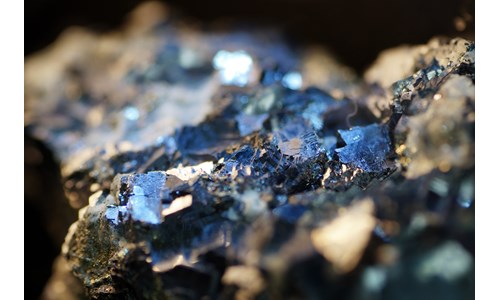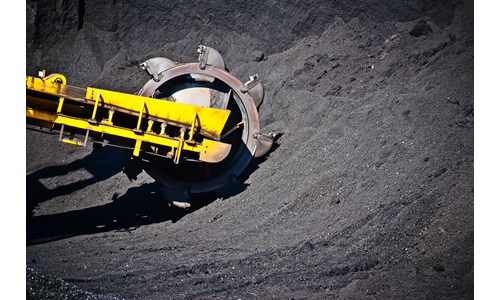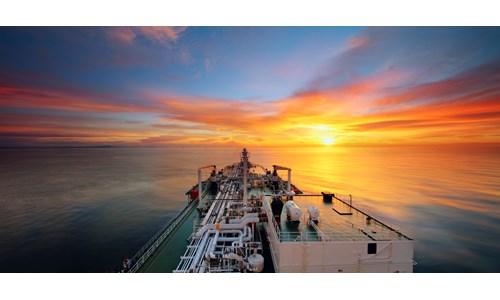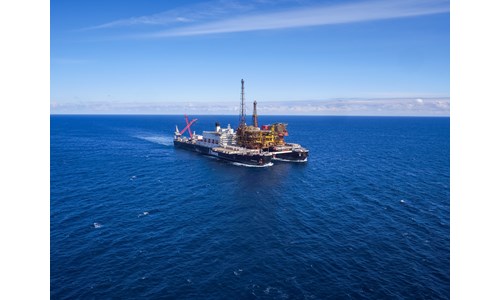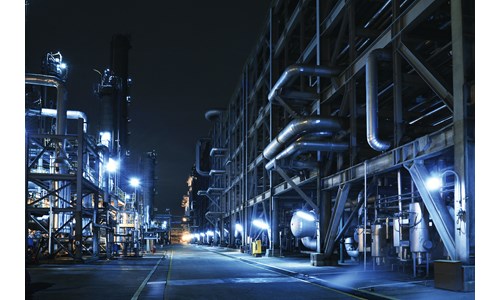The great deepwater debate: operate or partner in US Gulf of Mexico
This report is currently unavailable
*Please note that this report only includes an Excel data file if this is indicated in "What's included" below
Report summary
Table of contents
- Executive summary
- Peers stick together, but not always
- Operating: the good, the bad, and the unexpected
-
Non-operating: pick your play
- The state of the US GoM
- Heavy operators (>75% remaining commercial operated reserves)
- Balanced (25% to 75% remaining commercial operated reserves)
- Light operators (<25% remaining commercial operated reserves)
- Non-operaters (no remaining commercial operated reserves)
- Sink or swim
Tables and charts
This report includes the following images and tables:
- Operated and partnered commercial remaining reserves*
- Major operated fields by partner type
- Large cap independents operated fields by partner type
- Other operated fields by partner type
- Operated reserves by play type
- Operate - or not
- Operated and partnered production growth
What's included
This report contains:
Other reports you may be interested in
Monument (WR 272)
Monument is a large oil field located in the Walker Ridge protraction area of the US Gulf of Mexico.
$3,720Trion
In August 2012, Trion became the first discovery on the Mexican side of the Perdido Fold Belt area in the deepwater Gulf of Mexico ...
$3,720Mars
Mars is the largest development in the deepwater Gulf of Mexico, consisting of a massive oil and associated-gas field and three ...
$3,720